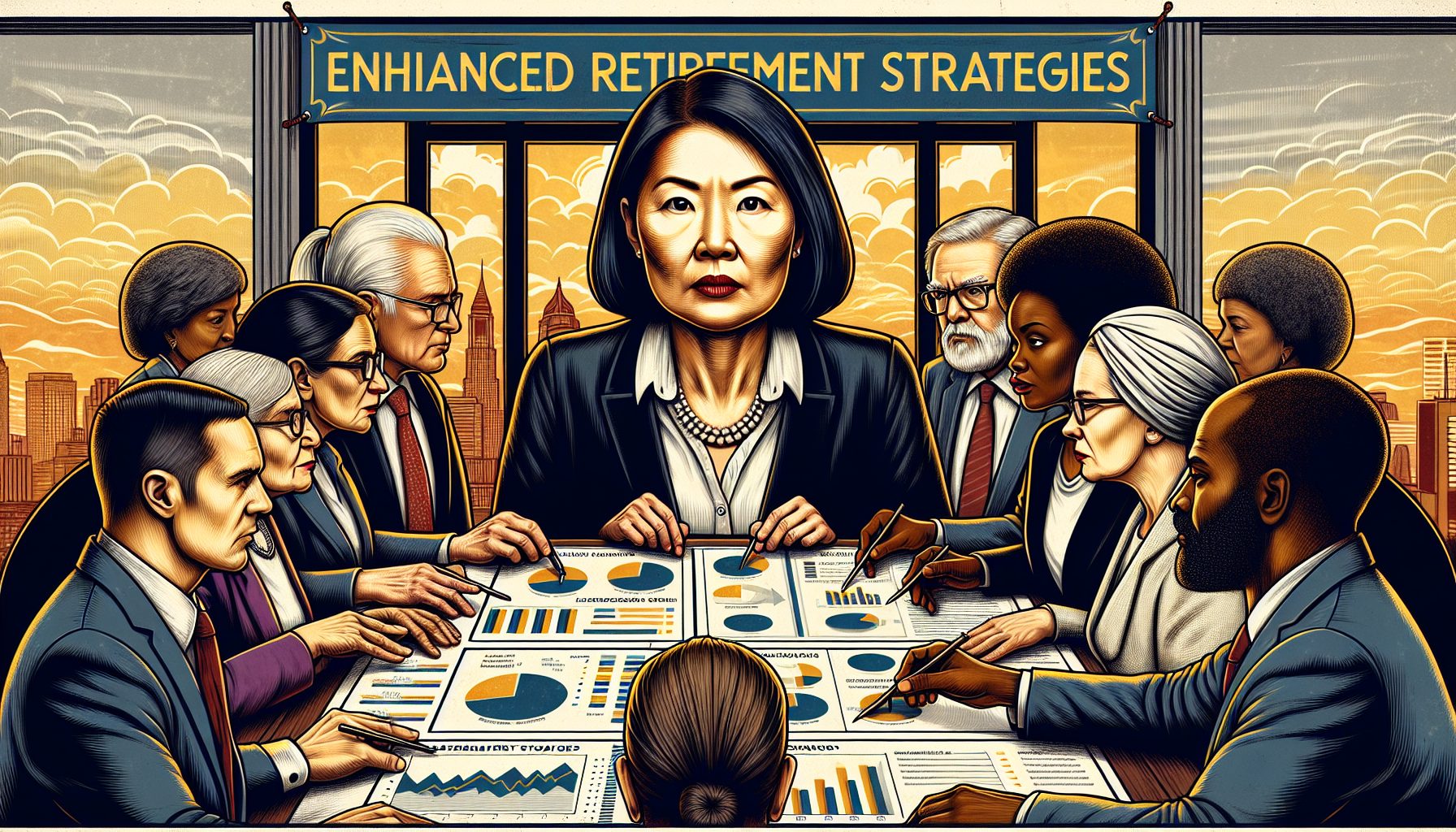By Nick Millman and John Miller
If “seeing is believing,” as the adage goes, the latest data visualization technologies represent an enormous opportunity to demonstrate and accelerate the value of business intelligence and analytics.
Data visualization represents an important piece of the jigsaw puzzle for businesses that want to take full advantage of the data that’s available to them. The volume and variety of information that organizations can capture continue to grow exponentially, as does the velocity with which this information can be mined.
However, organizations need to be able to make sense of the insights generated—and pictures speak louder than words. Whereas a dashboard composed of a set of dials and charts might effectively display 10 key performance indicators, would it do such a good job of portraying 1,000 data points? How about a million or a billion?
That’s where data visualization technologies come in. They provide a lens through which organizations can bring their data insights into sharper focus, whether it’s about the health of the financial services industry or decisions about internal collaboration in the workplace. They communicate large amounts of data in ways that are easier for business groups to understand, so insights can be quickly gained and data-driven decisions can be made in real time to achieve desired results.
Data visualization and advances in technology such as in-memory computing have democratized analytics—effectively putting analytics in the hands of business users. Not only is in-memory computing enabling business users to take direct control of full data sets whenever and however they wish, but visualizations have evolved to become interactive, so they can provide big-picture illustrations of a particular data set, as well as the option to explore and investigate what the data is saying in greater detail.
For instance, data visualization proofs of concept designed by researchers at Accenture Technology Labs in Silicon Valley were created to demonstrate the potential of how big data—with the right skills and the combination of artists, data scientists and developers—can help businesses squeeze more value from their data. They’ve built, for example, “Hotshot Charts,” which illustrate how NBA players from all 30 franchises make and miss shots from particular spots on the court.
Elsewhere, a “Sector Explorer” enables users to identify new companies by visualizing connections with the rest of a particular market. In a different context, “Disaster Viz” provides—on an interactive map—a visual history of every type of FEMA-designated disaster that has occurred in each U.S. county during the past four decades.
Data Visualization in Action
Advanced data visualization technologies are already being used to great effect by some leading companies. In the United Kingdom, for example, a leading water utility is using a visualization tool that plots operational data—including water flows, pump efficiency and leakage rates—on an interactive mapping environment. Data that was once buried in lengthy spreadsheets or obscured by the limitations of bar charts has been brought to life, enabling engineers to very quickly identify problems or opportunities and respond accordingly.
Another exciting avenue is the way in which visualization tools are boosting project delivery. Because they allow business users to very quickly build a picture of the value a particular work stream is generating, managers are able to identify the total worth of new projects at an earlier stage than ever before. This reduces the cost of innovation and new ventures by testing their value before they have been fully rolled out.
The possibilities that data visualization can offer a business seem endless, but to get started, organizations must work according to some basic principles. The following six ideas, in particular, provide a useful framework for organizations seeking to drive value through data visualization:
1. Define the business objective: To harness the full power of data visualization, companies need to first clarify their reasons for using it. Do they intend to explore the data or explain it? Without clarity on the business objective, companies risk losing their competitive edge by using the wrong people, processes and tools for the job.









